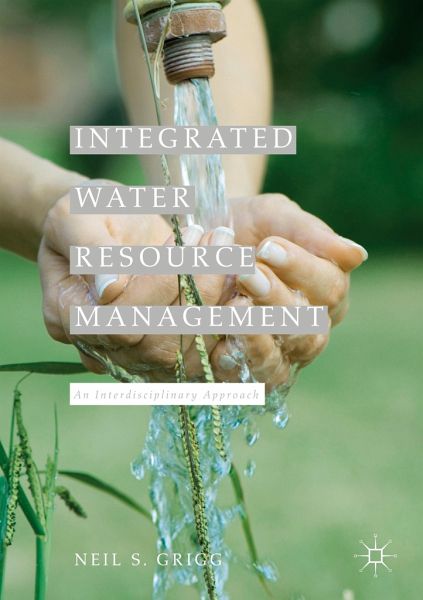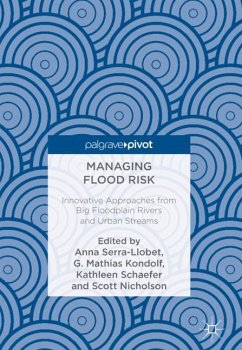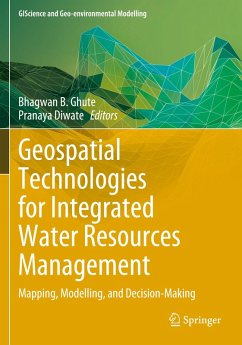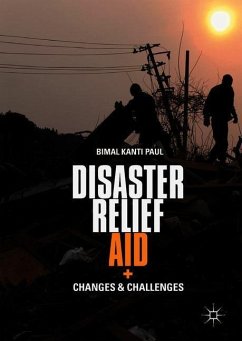
Integrated Water Resource Management
An Interdisciplinary Approach
Versandkostenfrei!
Versandfertig in 6-10 Tagen
106,99 €
inkl. MwSt.
Weitere Ausgaben:

PAYBACK Punkte
53 °P sammeln!
This book addresses the enormous global challenge of providing balanced and sustainable solutions to urgent water problems. The author explores our dependence on access to safe water and other water-related services and how driving forces of the human and natural worlds are degrading this access. The greatest challenges involve conflicts between people and interest groups across all countries, as well as the economic and political difficulties in finding solutions through infrastructure development. The book takes an interdisciplinary approach to Integrated Water Resources Management or IWRM, ...
This book addresses the enormous global challenge of providing balanced and sustainable solutions to urgent water problems. The author explores our dependence on access to safe water and other water-related services and how driving forces of the human and natural worlds are degrading this access. The greatest challenges involve conflicts between people and interest groups across all countries, as well as the economic and political difficulties in finding solutions through infrastructure development. The book takes an interdisciplinary approach to Integrated Water Resources Management or IWRM, which provides a set of tools for policy development, planning and organization, assessment, systems analysis, finance, and regulation. The author suggests that IWRM is challenging because of the human element, but that no other process can reconcile the conflicting agendas involved with water management. The broad range of topics covered here, as well as 25 case summaries, will be of interest toscientists, engineers, practitioners, and advanced level students interested in the integrated management of water as a resource.














